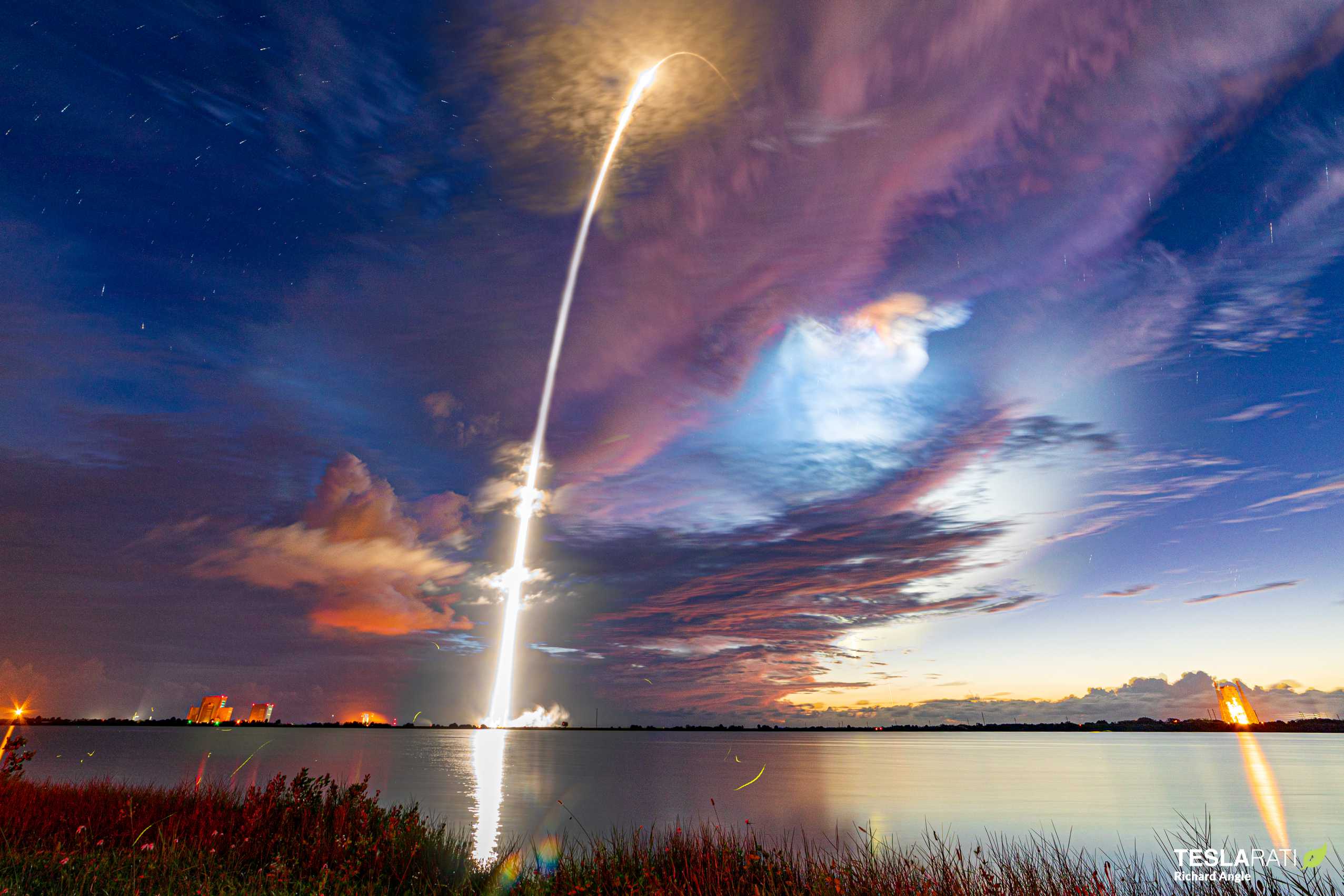
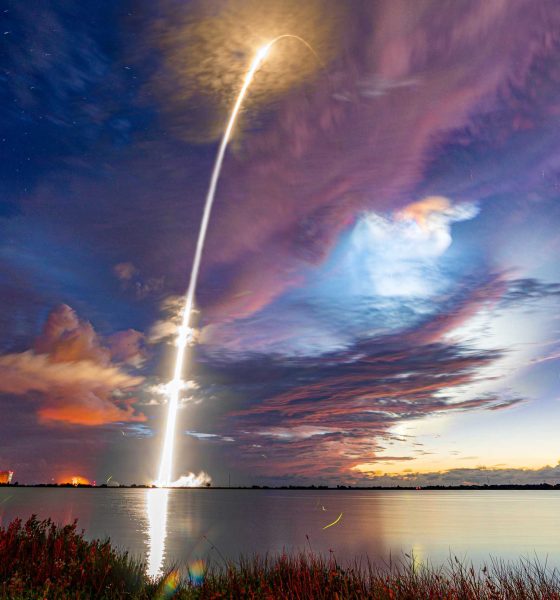
News
SpaceX Starlink launch to kick off a potentially record-breaking July
SpaceX’s eighth Starlink mission of the year is just a handful of days away from liftoff, kicking off a potentially record-breaking month after the same launch was delayed from June to July.
Now, instead of June 2020 potentially becoming SpaceX’s first four-launch month, July is now the newest candidate for the milestone. Known as Starlink V1 L9 or Starlink-9, SpaceX’s second Starlink rideshare – carrying 57 Starlink satellites and two BlackSky Earth imaging spacecraft – is scheduled to launch no earlier than noon (ish) EDT (~16:00 UTC) on Wednesday, July 8th. If the schedule holds, that means Starlink-9 will fly just eight days after SpaceX’s successful June 30th launch of the third US military GPS III satellite.
In other words, SpaceX has swapped the GPS III SV03 and Starlink-9 launch order, moving from NET June 30th and June 22nd, respectively, to June 30th and July 8th – still eight days apart. Such a rapid East Coast launch cadence is only possible because of SpaceX’s use of separate launch pads LC-40 and LC-39A, located just a few miles apart at the Cape Canaveral Air Force Station (CCAFS) and Kennedy Space Center.
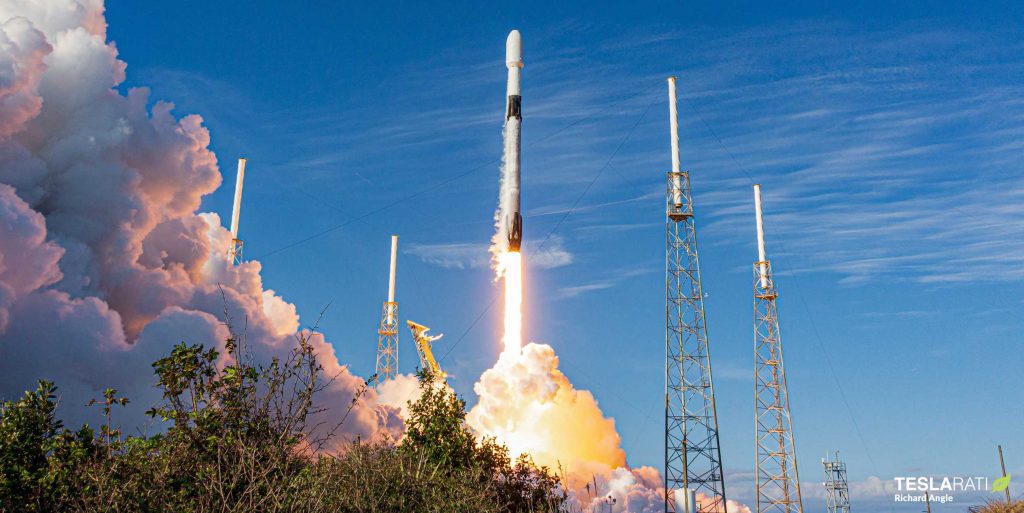
Set just a few weeks ago, SpaceX’s single pad turnaround record is a few hours shy of 10 days and was achieved at LC-40 with back-to-back Starlink launches. Using Pad 39A and LC-40 simultaneously means that post-launch refurbishment need not constrain SpaceX’s turnaround capabilities, although it does constrain the overall launch cadence SpaceX can achieve. It’s unknown how much of SpaceX’s LC-40 and Pad 39A workforce is shared, so there may actually be some less visible limits to multi-pad launch turnaround, but SpaceX has technically performed two launches just a day or two apart from separate Florida and California pads.
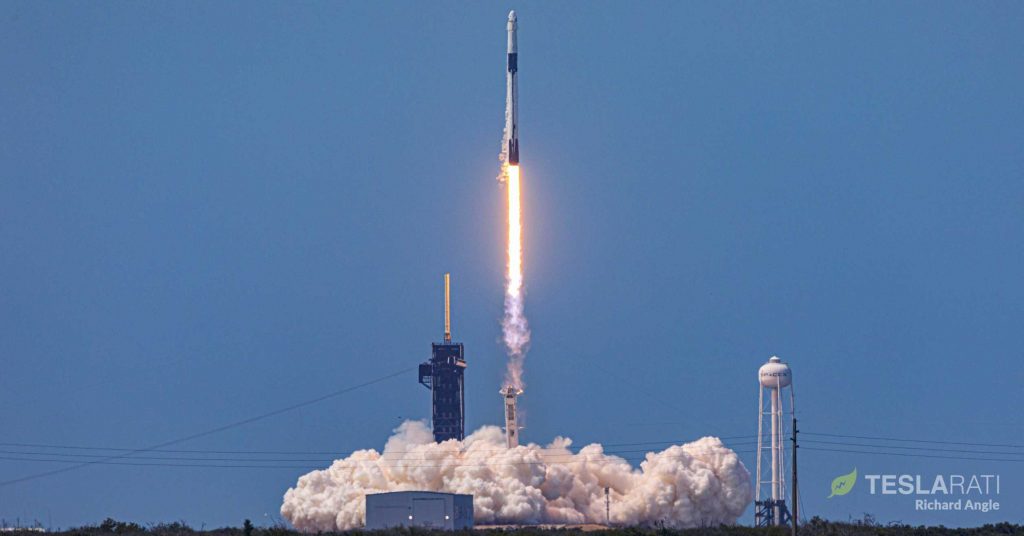
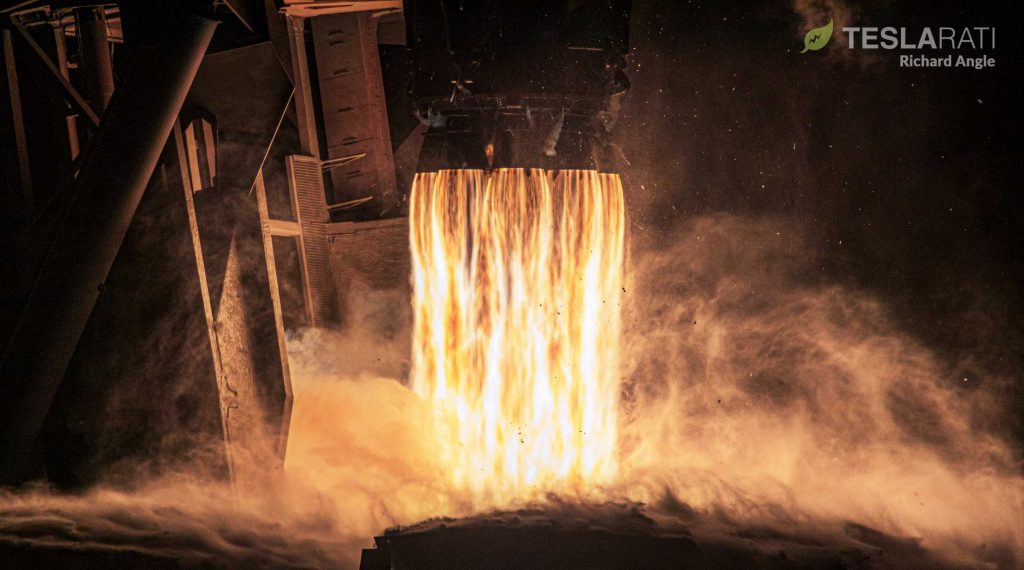
On top of LC-40’s pad turnaround record, SpaceX’s Florida turnaround record was also set just a few weeks ago when the company successfully launched two NASA astronauts (Pad 39A) and 60 Starlink satellites (LC-40) less than five days apart. In theory, if SpaceX can turn around both pads in just ten days, the company could maintain a five-day launch cadence almost indefinitely, enabling up to 70+ launches annually.
That level of launch activity is a ways away, though. At the moment, SpaceX has yet to launch four times in the some month (or ~30 days) since its first flight in 2006. Given that very few rockets in history can actually claim to have achieved the same milestone, it’s far from a detriment to SpaceX, but high launch cadence is a critical component if the company hopes to quickly launch thousands of Starlink satellites. Before Starlink-9 slipped from June 22nd to July 8th, there was a real possibility that June 2020 would be the company’s first four-launch month.
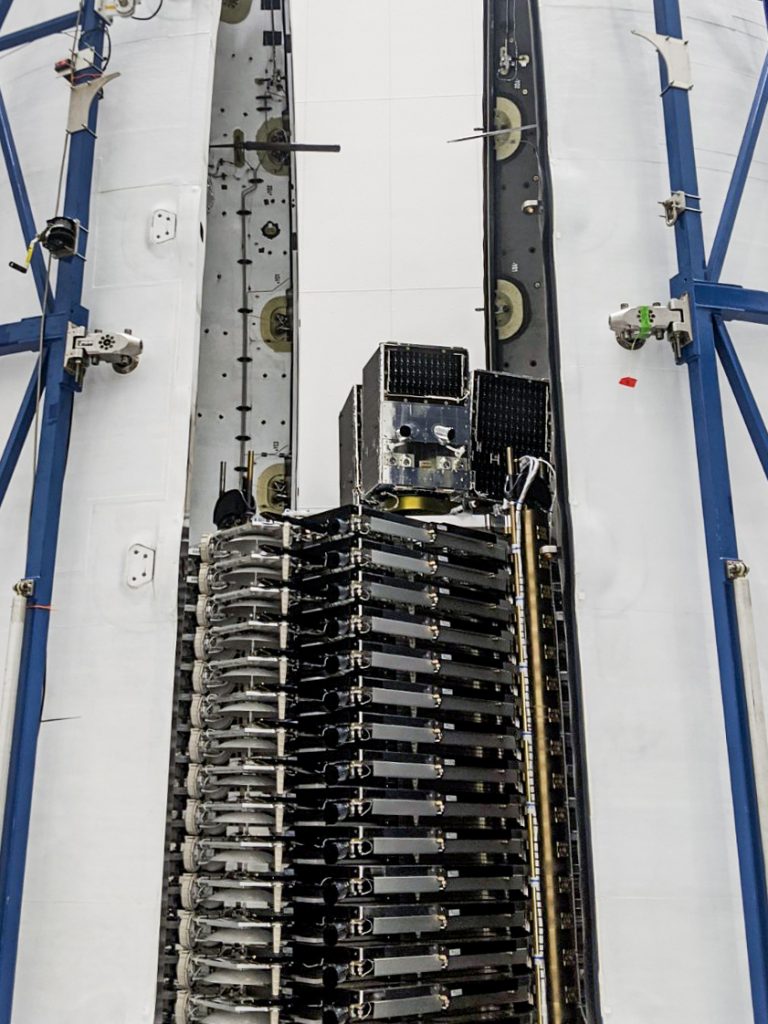
Now, that opportunity has been handed off to July. As of now, SpaceX has four launches – one somewhat tentative – scheduled this month. Starlink-9 has a relatively firm July 8th target from Pad 39A, followed by South Korea’s ANASIS II military communications satellite NET July 14th from LC-40. Finally, Argentinian radar satellite SAOCOM 1B and SpaceX’s own Starlink-10 missions could launch just a few days apart, again using both Pad 39A and LC-40. SAOCOM 1B could easily slip into August or even further, though, as the mission was originally delayed from March 30th by the coronavirus pandemic, which is far from over.
The fact that SpaceX has gone from zero opportunities for a four-launch month to two back-to-back suggests that even if it doesn’t happen in July 2020, the milestone is close at hand.
Check out Teslarati’s Marketplace! We offer Tesla accessories, including for the Tesla Cybertruck and Tesla Model 3.

Elon Musk
Elon Musk just said some crazy stuff about the Tesla Roadster
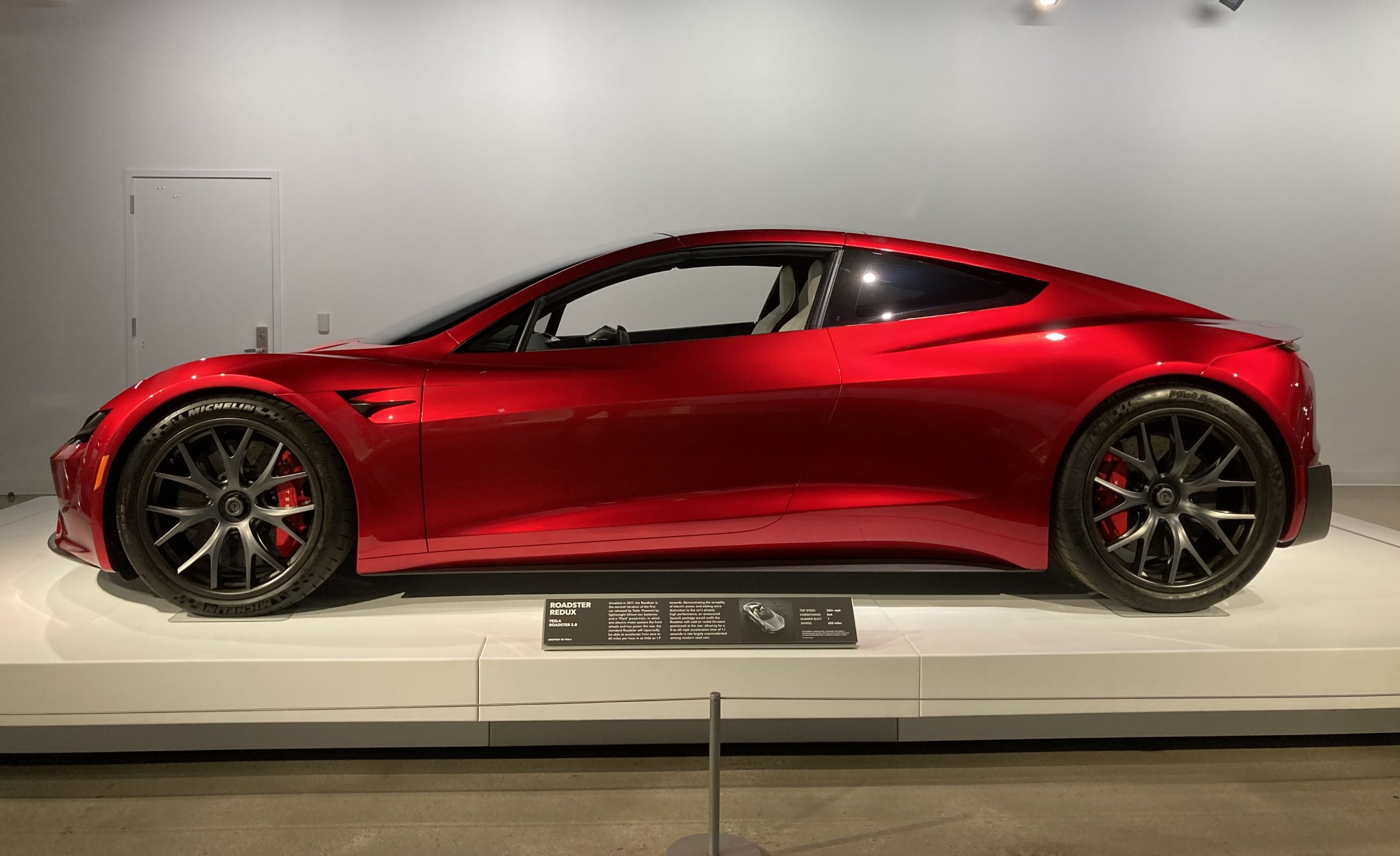
Elon Musk appeared on the Moonshots podcast with Peter Diamandis today to discuss AGI, U.S. vs. China, Tesla, and some other interesting topics, but there was some discussion about the upcoming unveiling of the Roadster, the company’s electric supercar that will arrive several years after it was initially slated for release.
Musk made some pretty amazing claims about the Roadster; we already know it is supposed to be lightning-fast and could even hover, if Tesla gets everything to happen the way it wants to. However, the car has some pretty crazy capabilities, some of which have not even been revealed.
On the podcast, Musk said:
“This is not a…safety is not the main goal. If you buy a Ferrari, safety is not the number one goal. I say, if safety is your number one goal, do not buy the Roadster…We’ll aspire not to kill anyone in this car. It’ll be the best of the last of the human-driven cars. The best of the last.”
🚨 Elon on the Roadster unveiling, scheduled for April 1:
— TESLARATI (@Teslarati) January 6, 2026
Musk makes a good point: people who buy expensive sports cars with ridiculous top speeds and acceleration rates do not buy them to be safe. They hope they are safe in case of an emergency or crash, but safety is not at the forefront of their thoughts, because nobody buys a car thinking they’ll crash it.
The Roadster is truly going to push the limits and capabilities of passenger vehicles; there’s no doubt about that. Tesla plans to show off the new version car for the first time on April 1, and Musk has only hinted at what is possible with it.
Musk said back in November:
“Whether it’s good or bad, it will be unforgettable. My friend Peter Thiel once reflected that the future was supposed to have flying cars, but we don’t have flying cars. I think if Peter wants a flying car, he should be able to buy one…I think it has a shot at being the most memorable product unveiling ever. [It will be unveiled] hopefully before the end of the year. You know, we need to make sure that it works. This is some crazy technology in this car. Let’s just put it this way: if you took all the James Bond cars and combined them, it’s crazier than that.”
Production is set to begin between 12 and 18 months after the unveiling, which would put the car out sometime in 2027. Hopefully, Tesla is able to stay on track with the scheduling of the Roadster; many people have been waiting a long time for it.
News
Tesla launches hiring for Robotaxi program in its twentieth country
Overall, the hiring signals Tesla’s aggressive timeline for global dominance in autonomous mobility.

Tesla has launched a hiring initiative for its Robotaxi program in its twentieth country, as the company posted two new jobs in Thailand this week.
Tesla is hiring in Bangkok and Kowloon for the Vehicle Operator position, which is related to data collection, and is the first in Thailand, but the twentieth country overall, as the company tries to expand into other markets.
🚨 BREAKING: Tesla is hiring additional full-time Vehicle Operators in Bangkok, Thailand.
Previous openings were 6-month, part-time roles. These are equivalent to AI Safety Operator roles in the U.S. pic.twitter.com/R6LzoU1bos— Tesla Yoda (@teslayoda) January 5, 2026
Tesla has had active job postings for Vehicle Operator positions in the United States, India, Israel, Taiwan, Germany, the Czech Republic, Hungary, the UK, Finland, Switzerland, Sweden, the Netherlands, Austria, Spain, Norway, Italy, and Turkey in past listings.
These postings are not all currently available, likely because the roles have been filled.
Thailand is the most recent, and broadens the company’s potential path to expanding its ride-hailing program, which is only active in the United States in Austin, Texas, and the California Bay Area, so far.
These roles typically involve data collection, which assists in improving Autopilot and Full Self-Driving operation. Tesla’s self-driving programs utilize real-world data that is accumulated and stored, observing vehicle and traffic behavior, as well as tendencies that are performed by human drivers to help increase safety and overall performance.
Overall, the hiring signals Tesla’s aggressive timeline for global dominance in autonomous mobility. Although the company has several high-profile rivals and competitors in the field, it has established itself as a main player and a leader in the development of autonomous technology, especially in the U.S., as its FSD suite is refined on almost a weekly basis.
The Full Self-Driving suite is available in seven countries and territories currently, including the U.S., Canada, China, Mexico, Puerto Rico, Australia, and New Zealand. Its biggest goal for expansion is currently the European market, where regulatory hurdles have been the main bottleneck prolonging its launch on the continent.
Tesla has performed months of testing in various European countries, including France and Spain, and does have support in some areas from various regulatory agencies. However, the company is hoping to get through this red tape and offer its suite in Europe for the first time, hopefully this year.
News
Tesla China rolls out Model Y upgrades, launches low-interest financing
These strategies are aimed at improving the ownership experience and keeping vehicle pricing competitive in the world’s largest electric vehicle market.
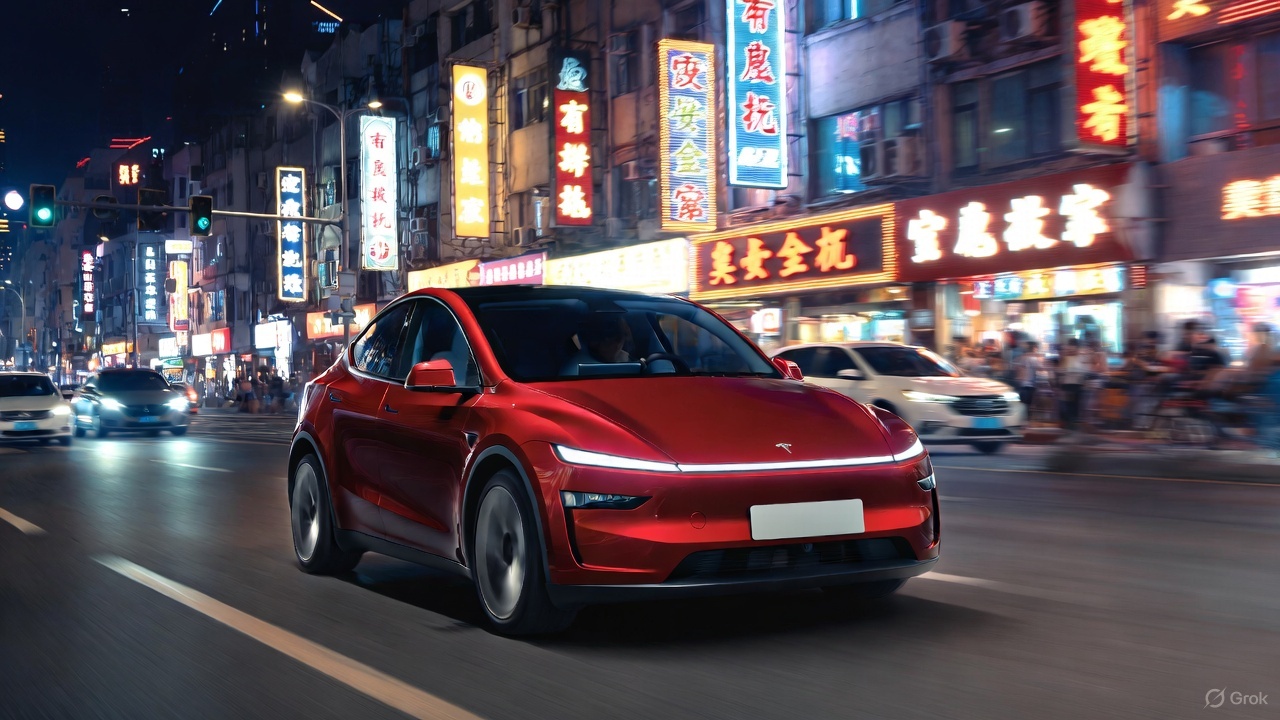
Tesla has rolled out minor updates to the five-seat Model Y in China, upgrading the vehicle’s center display to a higher-resolution 16-inch 2K screen. The electric vehicle maker also introduced attractive financing options, including 7-year low-interest rates, to offset the new purchase tax on EVs.
These strategies are aimed at improving the ownership experience and keeping vehicle pricing competitive in the world’s largest electric vehicle market.
Five-seat Model Y gets larger, better display
With its recent update, all three variants of the five-seat Model Y now feature an upgraded 16-inch 2K resolution center display, which replaces the vehicle’s previous 15.4-inch 1080p panel. This screen was already used in the six-seat Model Y L, and it offered improved visual clarity. Tesla China has also updated the Model Y’s headliner to black, giving the vehicle a sleeker appearance.
Prices of the five-seat Model Y remain unchanged at RMB 263,500, RMB 288,500, and RMB 313,500 for the respective trims. This update enhances the cabin experience as domestic rivals are already adopting high-resolution screens. As noted in a CNEV Post report, some domestic automakers have begun rolling out vehicles equipped with 3K-resolution displays.
New financing offers
Tesla also launched ultra-long-term financing offers for its locally produced models in China, which include the Model 3 sedan, the five-seat Model Y, and the six-seat Model Y L, through January 31, 2026. The 7-year option features an annualized fee rate as low as 0.5%, which is equivalent to 0.98% interest. This is expected to save customers up to RMB 33,479 ($4,790) compared to standard rates.
A 5-year zero-interest plan is also available, and it has been extended to the Tesla Model Y L for the first time. These incentives help offset China’s new 5% purchase tax on New Energy Vehicles (NEVs) in 2026-2027. Some of Tesla’s rivals in China have announced in recent months that they would be covering the purchase tax owed by buyers early this year.








